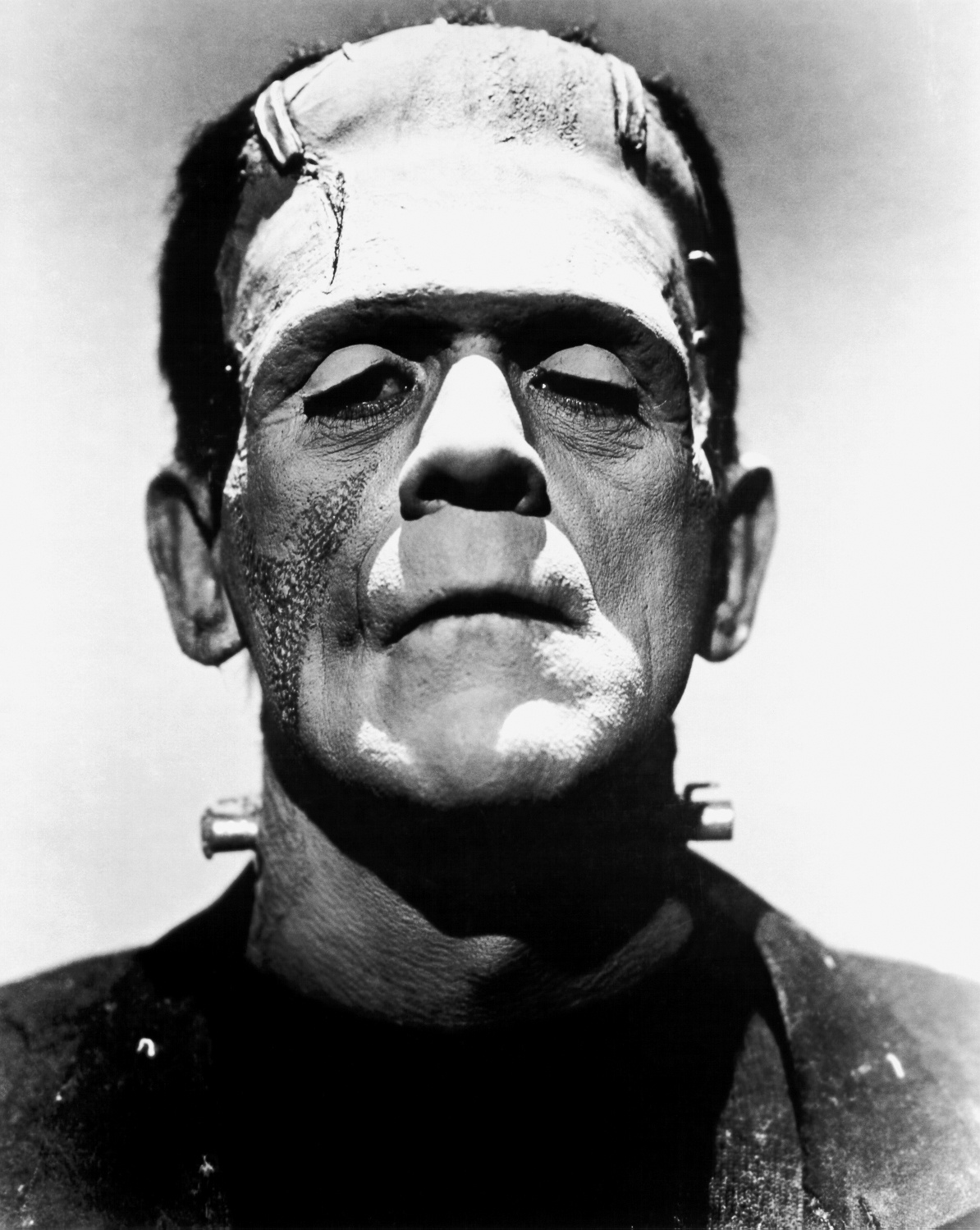
Move over, Monsanto: The Pesticide and GMO Seed Industry Just Spawned a New Behemoth
US chemical titans Dow and DuPont have agreed to a $130 billion merger. Once combined, DowDuPont (as it will be known) intends to split into three parts, including one devoted solely to agriculture. The announcement likely triggered corner office gasps in Basel, Switzerland, and in St. Louis, Missouri—hometowns of the globe's two-largest pesticide and seed companies, Syngenta and Monsanto. That's because Dow and DuPont are both sprawling conglomerates that contain massive ag divisions. Combining them into a "leading global pure-play Agriculture company" (as the companies' press release puts it) will create a gargantuan new rival for those market-leading agribusiness titans.
December 14, 2015 | Source: Mother Jones | by Tom Philpott
US chemical titans Dow and DuPont have agreed to a $130 billion merger. Once combined, DowDuPont (as it will be known) intends to split into three parts, including one devoted solely to agriculture. The announcement likely triggered corner office gasps in Basel, Switzerland, and in St. Louis, Missouri—hometowns of the globe’s two-largest pesticide and seed companies, Syngenta and Monsanto. That’s because Dow and DuPont are both sprawling conglomerates that contain massive ag divisions. Combining them into a “leading global pure-play Agriculture company” (as the companies’ press release puts it) will create a gargantuan new rival for those market-leading agribusiness titans.
The companies that rose to dominate the space—Monsanto, Syngenta, DuPont—also sold pesticides, and lots of them. While these giant chemical companies’ rationale for moving into GM seeds was to diversify away from reliance on peddling bug- and weed-killing chemicals, the two business lines always had a certain synergy. That’s because the era’s blockbuster GM trait was herbicide resistance—the companies engineered corn, soybean, and cotton varieties that could thrive even when they’re doused with these companies’ own branded herbicides. The rapid adoption of these crops gave rise to a plague of herbicide-resistant weeds, a boom in herbicide use, and a new iteration of crops, including ones from Monsanto and Dow, engineered to resist multiple herbicides.
Earlier this year, Monsanto made a bold, sustained push to buy out its rival Syngenta. The combined company would have been truly enormous, controlling something approaching a third of both the seed and pesticide markets (see charts here). Syngenta’s management ultimately fought off the bid in August, but rumors of coming mergers and buyouts in the agribiz sector have swirled ever since. With the Dow-DuPont deal, those prophecies have proven thunderously true. The new firm will mash up DuPont’s seed heft with Dow’s fat share of the pesticide market. Let’s call it DowDuPont Agri. Here’s a sketch of its girth, made by crunching numbers in the above charts. Antitrust regulators may shave the final company a bit—DuPont and Dow both sell corn seeds, for example, and there is speculation that Dow’s relatively small corn seed business might have to be sold off.
